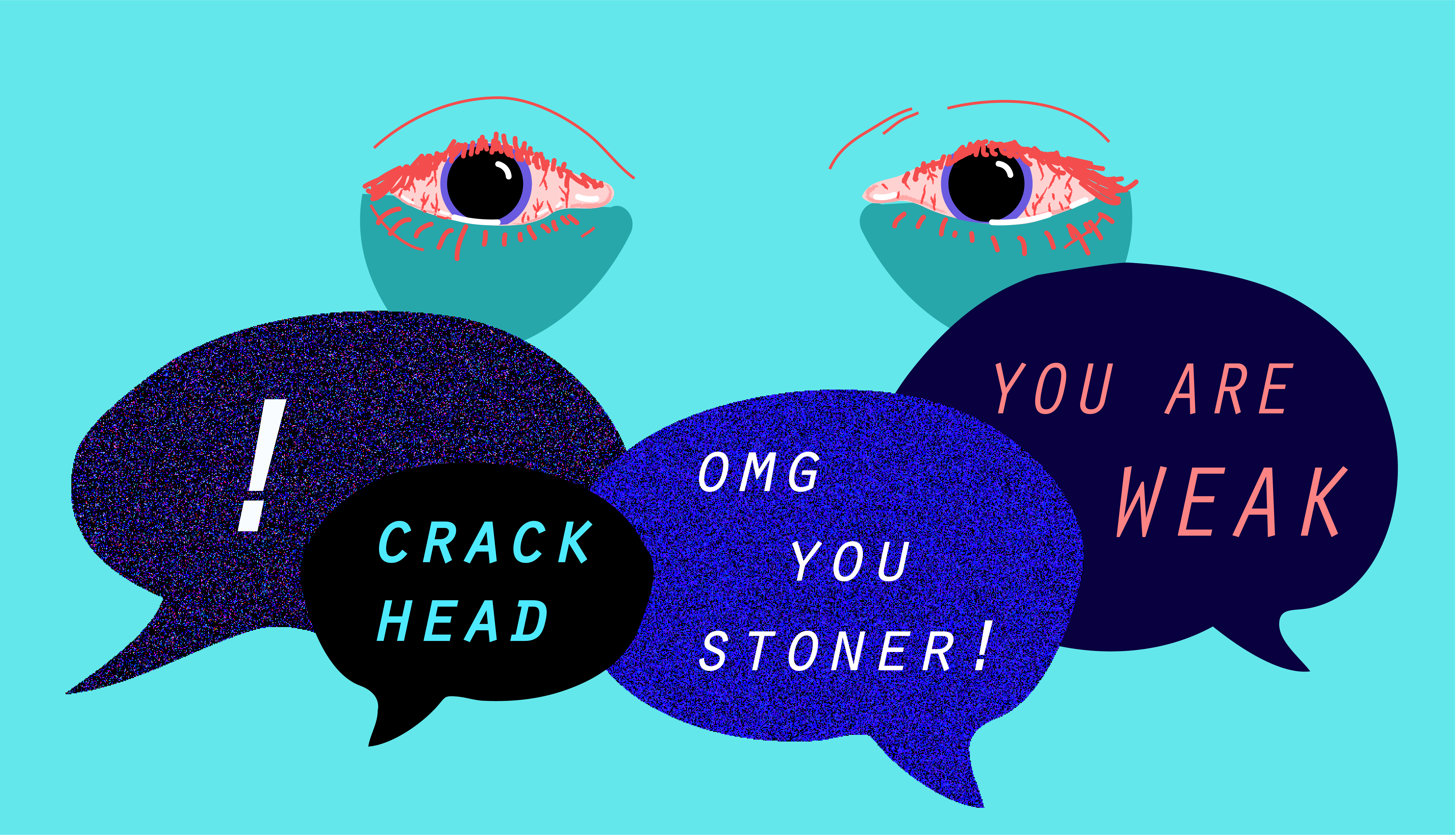When I was a kid, I was told not to do drugs and the conversation ended there. If the “war on drugs” has taught us anything, it is that eliminating all drugs and forcing drug use into a specific box is both impossible and a drastic oversimplification. The rhetoric surrounding drug use currently leads to an unproductive and isolating conversation – a conversation missing one key player: drug users.
As reporters, storytellers and the ‘watchdogs of society’ we have failed time and time again at reporting on drug use. We reach out to medical professionals and policymakers, but there is a hole in this story. We wouldn’t report on someone’s art without reaching out to the artist or cover a house fire without speaking with homeowners, so why do we report on drugs without going to the source?
Harm Reduction Practitioner, Coordinator, Researcher and drug user, with the pseudonym A.C. Abbot, explains how media is missing the mark.
“The media basically doesn’t think of drug users as having opinions or expertise,” Abbot told The Concordian. They explained that we exist in a society where drug users are seen as “crazy” and “out of control.”
“The fact that drug users are denied authority and legitimacy when literally writing about drug use and drug users is telling,” added Abbot.
Journalists are feeding the biased narrative that authorities have painted for us. The media needs to approach the drug topic in a way that depicts the misconceptions of drug laws.
“Our system of drug laws is not based on scientific information about drugs,” Maia Szalavitz said, a writer from The Columbia Journalism Review. Jay Levy, the Deputy Director of the International Network of People Who Use Drugs (INPUD), explained that drug users are still being criminalized, without evidence that this attitude is in any way a productive one. Levy added that even though there are risks when using drugs, the main harm comes from laws and policies.
The judicial system, “along with their justificatory social construction and stigmas,” he continued, “are responsible for driving and worsening many of these avoidable harms.”
Portugal is often used as an example when talking about drug use and policy. The government decriminalised all drugs in 2001 and, according to the Guardian, “HIV infection plummeted from an all-time high in 2000 of 104.2 new cases per million to 4.2 cases per million in 2015.”
Although the change in law ignited a more productive conversation, it did not exist in a vacuum. Susana Ferreira, a Portuguese-Canadian freelance writer, explained that this recovery was more complex than just a change in the law.
“In many ways, the law was merely a reflection of transformations that are already happening in clinics, in pharmacies and around the kitchen tables across the country,” Ferreira wrote in a Guardian article in 2017.
A.C. Abbot thinks Portugal needs to go farther.
“It’s better to be stuck in a doctor’s office than to be stuck in a jail cell,” said Abbot, but then also explained that it’s important to be aware of the imperfect nature of medical care. Abbot said we must recognize that this environment can be a controlling one and does not always advocate for people’s autonomy. “The barriers are not only everywhere and holistic, but interweave and pulse with every other kind of prejudice.”
Although the world should be looking to Portugal in terms of drug laws, it’s crucial to continue to investigate the complexity of the situation.
“The questions aren’t just to transition from criminalization to medicalization, but it is to transition from stigmatization and problematization to autonomy,” said Abbot.
As a product of our society, I am guilty of stigmatizing drug users and drug addicts. I need to continue to push back against this stigma. This conversation leads to dehumanization and unfair treatment surrounding drug users and addicts. We must stop absorbing information at face value and learn more about the ethical discrepancies of the law. We must lean in and listen to harm reduction experts, drug users and others who are actively involved and affected by the drug stigma. We must let them lead the conversation.
Graphic by @sundaeghost
